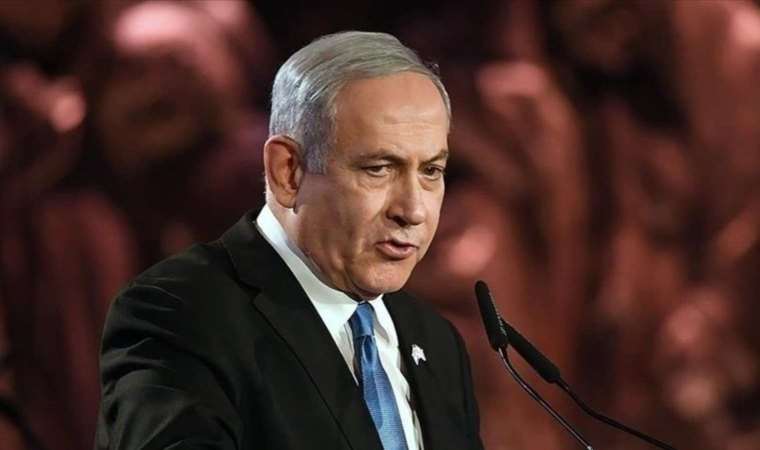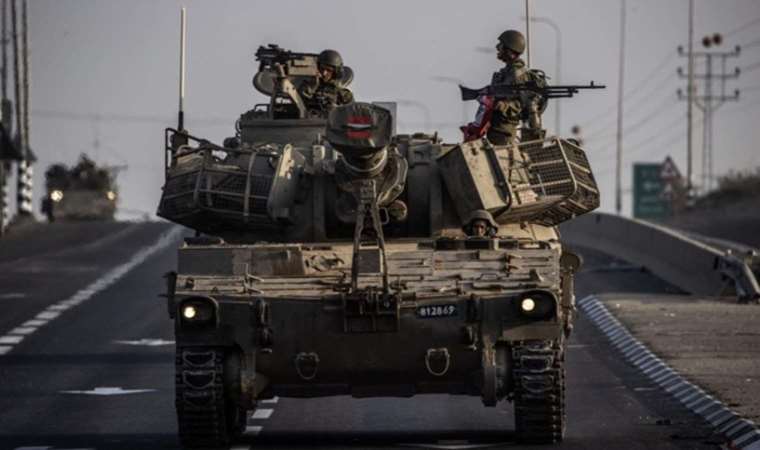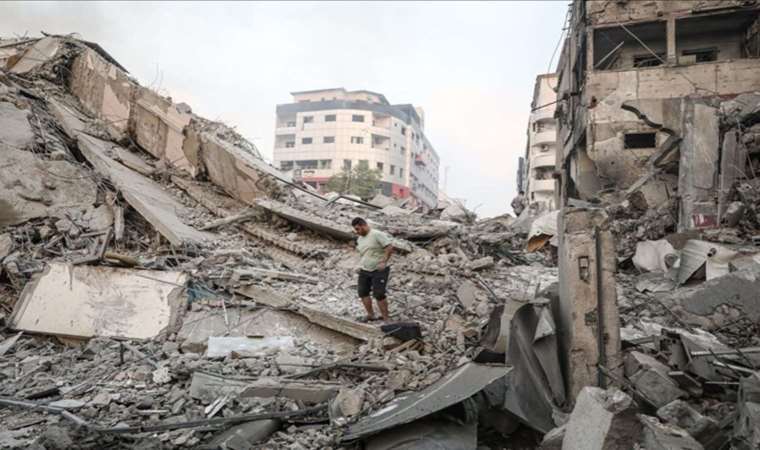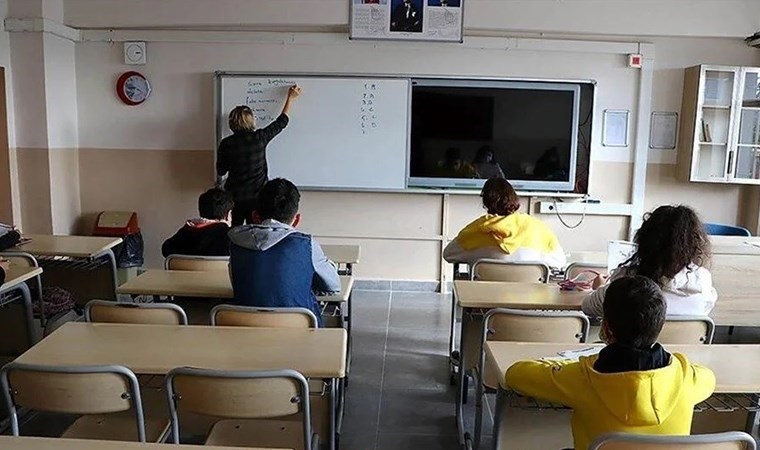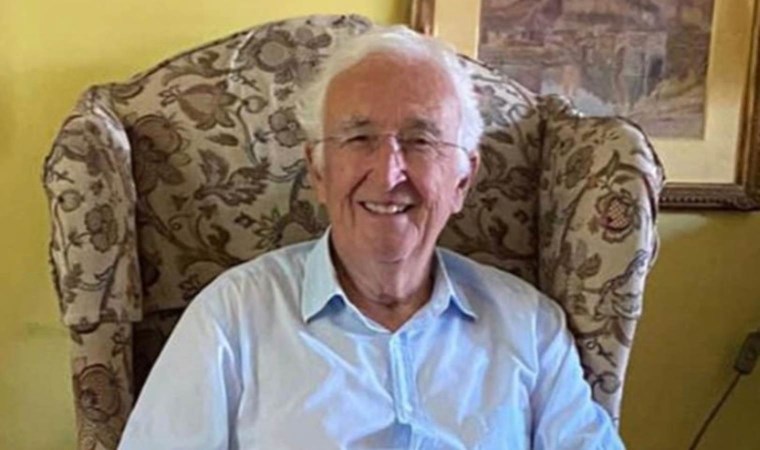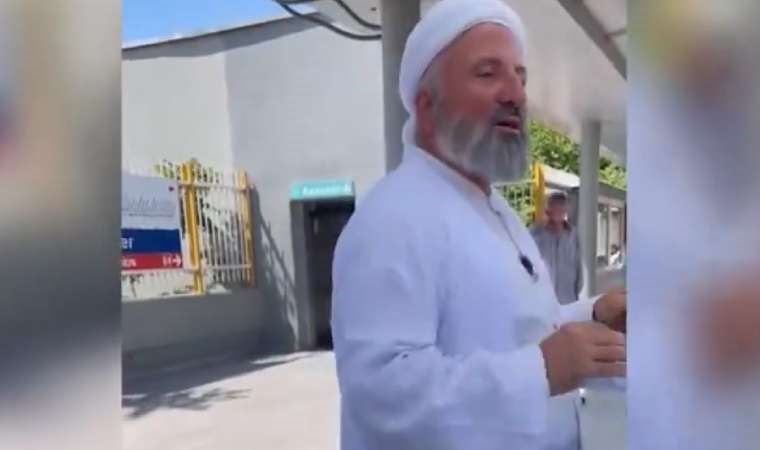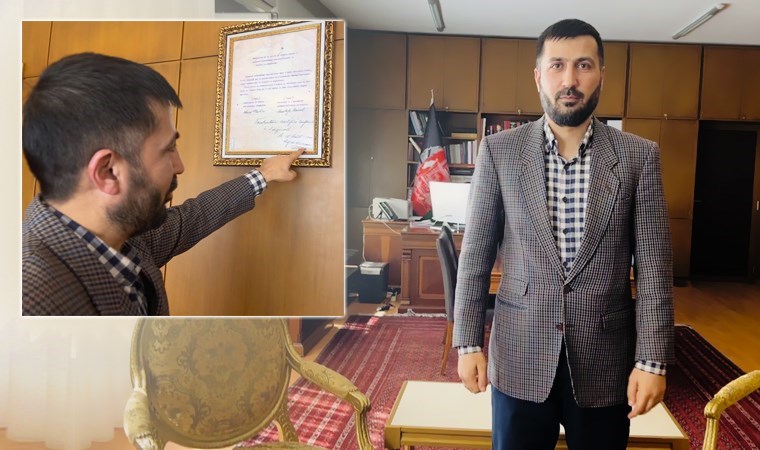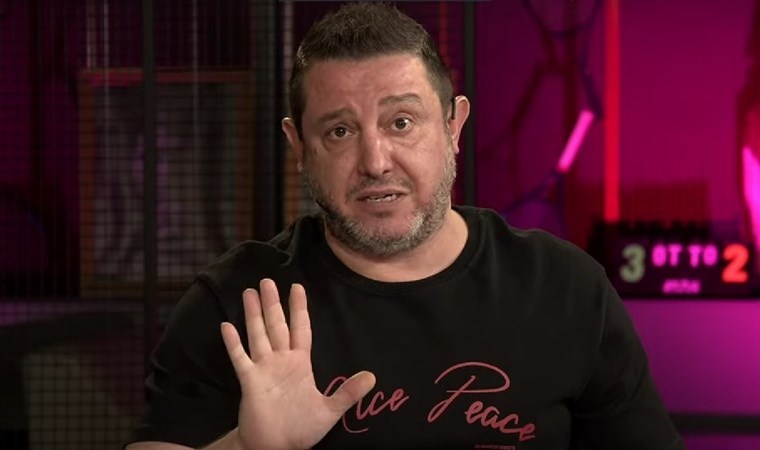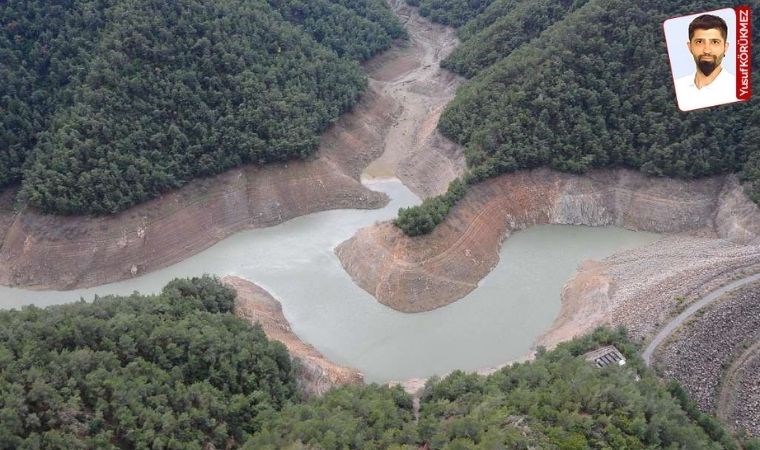Israeli Ground Operation to Gaza Continues
After two weeks of intense bombardment, the Israeli army initiated a ground operation in Gaza. The initial days of the operation are under scrutiny: was there success, and what are the anticipated next steps?
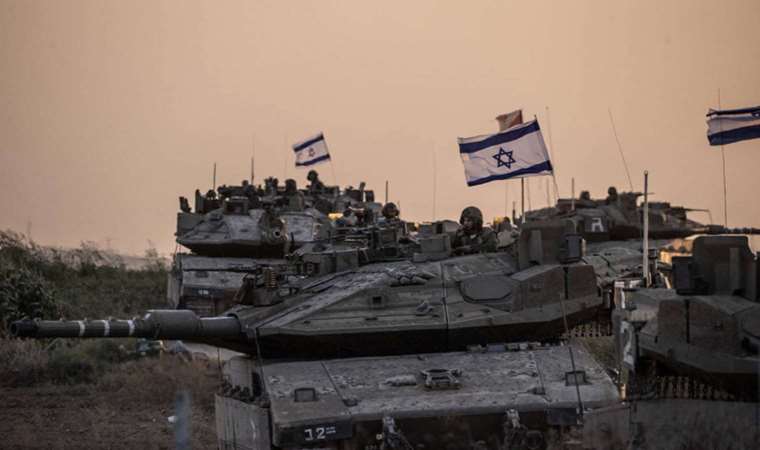
The shift from the Israeli Defense Force's (IDF) aerial assault to a ground operation was a significant change. Postponed multiple times due to weather conditions and strategic readiness, the operation commenced differently from Israel's initial announcement. This variance mainly stemmed from Prime Minister Netanyahu's ambitious political objective, setting a new precedent. Unlike previous Gaza operations that involved capturing key points before withdrawal, the IDF's current aim is the complete dismantling of Hamas in Gaza. Even the US military would encounter substantial casualties pursuing such a political objective.
The "Butcher of Fallujah": A Strategic Advisor
To navigate this challenging objective, the US military dispatched James Glynn, also known as the "Butcher of Fallujah", to Israel. Glynn, who led Operation on Fallujah with similar characteristics, is providing advice based on an American model, as reported by The New York Times. Consequently, there was no rush for a ground operation. Precision-guided munitions destroyed Hamas command buildings, tunnel entrances, and ammunition depots, akin to the preparatory phase before the US-led residential neighborhood operation in Fallujah.
In the past four days, Israel cautiously entered Gaza with a limited force, following Glynn's counsel. This entry represents only a fraction of the force designated for the Gaza operation. The aim is to test Hamas' defenses and establish checkpoints in the initial settlements outside the city. This strategic approach parallels Israel's 2008 operation against Hamas, transitioning from weeks of airstrikes to a limited ground operation, ending with a partial withdrawal after significantly weakening Hamas' capabilities.
In 2008, a relatively successful operation led to the loss of only 13 Israeli soldiers. However, in 2014, Israel encountered setbacks when the IDF attacked Hamas' defenses, resulting in heavy casualties. By the operation's end, 67 IDF personnel had lost their lives.
The ongoing military operation confronts a more entrenched Hamas, presenting a far greater political target for Israel. Consequently, the current operation's challenges are notably more demanding.
Initial Assessment
Accessing information from the region since the ground operation's commencement has proven difficult. Israel's intentional internet, water, and electricity cutoffs on the first day restricted the dissemination of images showing civilian casualties from Israel's indiscriminate attacks. This move primarily impacts civilians and international organization employees, rather than Hamas militants, who primarily communicate via radio.
This deliberate action by the Israeli army prevents the circulation of images that might portray it unfavorably. These conditions allowed the Israeli Defense Minister's directive to soldiers, indicating they were not bound by the rules of war, to take effect. Consequently, the predominant information available is from the Israeli perspective.
As reported, the IDF's vanguard forces have entered the Beit Lahya and Beit Ahun areas in the north and northeast of Gaza. The success of these units in identifying gaps in Hamas' defenses would pave the way for the main force to enter Gaza. Some images from Hamas reveal Israeli soldiers' equipment in their possession, indicating Israel's unpublicized losses and potential unmet objectives in the operation.
Tunnel Maze for IDF
Despite Israel's potential control over critical buildings, victory remains distant. Gaza conceals an underground city interlaced with tunnels, estimated by Israeli sources to cost $90 million in construction. These tunnels, fortified with traps and defenses, were established over the years after the 2014 Gaza invasion. Clearing these tunnels would entail significant losses for Israel, a concern also echoed by the US, seeking to dissuade Israel from a major operation. In 2014, Israel claimed victory after destroying 32 Hamas tunnels; however, this time, the challenge is likely to be much more extensive.
Any deeper incursion into Gaza might prompt Hezbollah elements in southern Lebanon to mobilize. Though Hezbollah might not directly attack Israel, they could initiate harassment attacks to embroil Israel in another prolonged conflict.
Growing Threats From Abroad
The ground operation in Gaza, along with potential provocations from Hezbollah in Lebanon and missile attacks by the Houthis in Yemen, adds to Israel's array of threats. While these attacks might not employ sophisticated equipment, they continually test Israeli air defense systems.
Each day the ground operation persists, these threats multiply. For the IDF, this operation is merely the beginning.

En Çok Okunan Haberler
-
 Savunma sanayi firmalarının ürünleri, Din dersinde!
Savunma sanayi firmalarının ürünleri, Din dersinde!
-
 Akşener'den kurultayda 'veda' konuşması
Akşener'den kurultayda 'veda' konuşması
-
 Hazine ve Maliye Bakanlığı’ndan KDV zammı
Hazine ve Maliye Bakanlığı’ndan KDV zammı
-
 Arda Güler ilk 11 çıktı ve golünü attı!
Arda Güler ilk 11 çıktı ve golünü attı!
-
 Korhan Berzeg olayında yeni gelişme
Korhan Berzeg olayında yeni gelişme
-
 Kadınlara 'Cehennemde yanacaksınız' diye bağırdı
Kadınlara 'Cehennemde yanacaksınız' diye bağırdı
-
 Seçim ikinci tura kaldı
Seçim ikinci tura kaldı
-
 Serdar Aziz'den flaş paylaşım!
Serdar Aziz'den flaş paylaşım!
-
 'Türkiye ilk etkilenenlerden olacak...’
'Türkiye ilk etkilenenlerden olacak...’
-
 Nihat Kahveci'den Süper Lig iddiası
Nihat Kahveci'den Süper Lig iddiası
